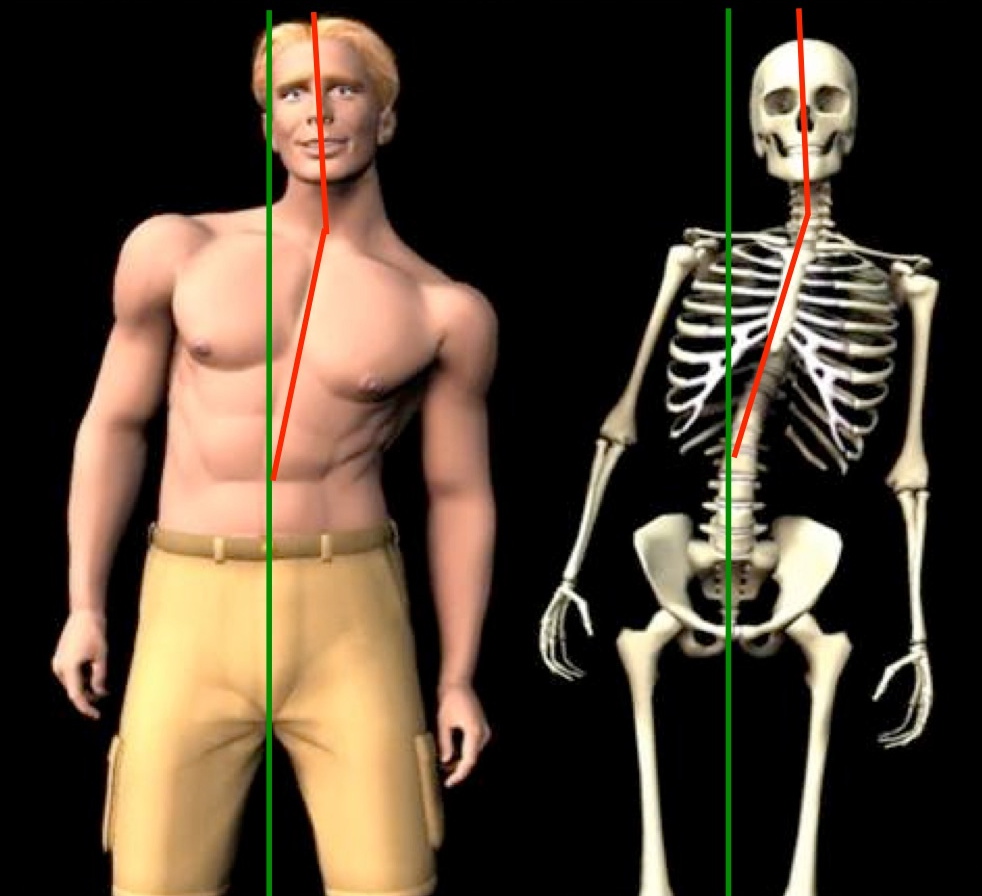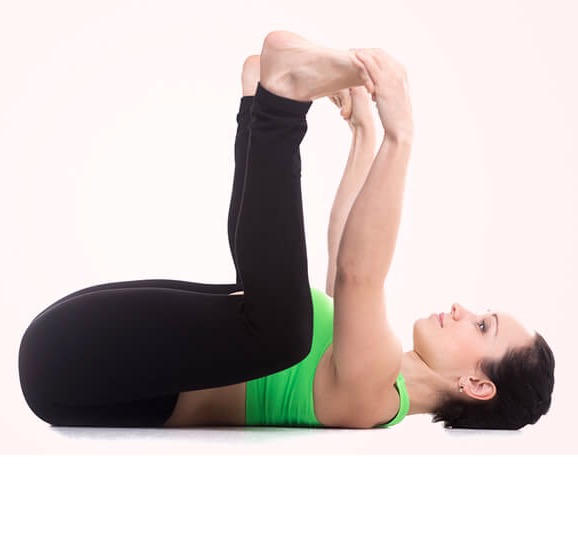
The Development, Evaluation and Treatment of Musculoskeletal Disorders: Part 3 The Treatment and Correction of Musculoskeletal Pain
When you undergo treatment with a chiropractor, orthopedist, or physical therapist for pain, you should be concerned that the recommended treatment is addressing the underlying cause of the problem. More often than not, many healthcare providers that treat musculoskeletal pain perform a less than adequate examination and simply take a “cover up the pain” or “treat the diagnosis” approach. Asking a patient with back pain to bend over to touch their toes and then prescribing some anti-inflammatory drugs or muscle relaxers is not very difficult or thorough to say the least. Injecting a cortisone shot is a quick, easy way to simply cover up pain as well. Not only are these approaches not addressing the underlying cause of the problem, they can put a patient at risk for some serious side effects(1,2). Orthopedic surgery may be necessary to repair a torn tendon or ligament or to replace a completely degenerated hip or knee, but most surgeries do not correct the underlying problems that led up to the pain and degeneration in the first place.
In the “treat the diagnosis” approach, the doctor or physical therapist implements a pre-packaged treatment plan and pre-packaged exercises based on the patient’s diagnosis. All patients with a rotator cuff syndrome, for example, would receive the exact same shoulder treatment and the exact same shoulder exercises. This approach, however, may not be effective in many cases because two different patients with rotator cuff syndrome may have two completely different causes of the problem. One patient, for example, may have a postural misalignment of the neck and shoulders that requires spinal adjustments to restore normal alignment. Another patient may have abnormal motor (muscle) control of their abdominal and scapular (shoulder blade) stabilizing mechanisms that require some core and shoulder stabilization exercises. A “treat the diagnosis” approach does not work for many people because the cause of the problem is not being treated. These are the patients that do not get better or their pain does not completely resolve.
Our Approach to Musculoskeletal Pain
Instead of taking a “cover up the pain” or “treat the diagnosis” approach, we take a “treat the cause” approach. What makes us different is OUR TREATMENTS AND CORRECTIVE EXERCISES ARE BASED MORE ON THE MISALIGNMENT AND MOVEMENT PATTERNS OF EACH PATIENT AND LESS ON THE DIAGNOSIS OR LOCATION OF PAIN. As we discussed in Part 2, misalignments, abnormal motor control, and muscle inhibition are the major reasons why people develop musculoskeletal pain. Our treatment approach involves “resetting” and “reprogramming” the musculoskeletal system in terms of alignment, motor control and movement.
Short-Term Treatment For Pain and Inflammation
When treatment begins, we may recommend some treatments or other strategies to reduce inflammation (swelling, pain, etc.) associated with an injury. These may include ice, high concentrated fish oil and other natural anti-inflammatory supplements, or ultrasound.
Traditional Chiropractic Manipulation
In some cases, treatment may include more traditional spine or extremity manipulation. When spine and extremity misalignments are present, pain can occur and joints can become fixated (stuck) and lose their normal mobility. Muscles that cross these joints can also shorten, tighten, and in severe cases go into spasm. Manipulation involves a short, quick thrust to relieve pain, release joint fixations, restore joint mobility, and reduce the muscle tightness and spasms associated with spine and extremity misalignments. Manipulation may be recommended, but not absolutely necessary for all patients, depending on their condition or treatment preferences. For these patients, we may chose to use more gentle methods, such as flexion distraction, instrument adjusting, or drop table adjustments (see below).
Chiropractic Biophysics Technique (CBP)
The primary chiropractic technique we utilize in our clinic is Chiropractic Biophysics Technique, or CBP. CBP is the most scientifically advanced and researched method in the field of chiropractic. CBP chiropractic treatment involves “mirror image” adjustments, “mirror image” exercises, and “mirror image” traction to correct posture and spine alignment(3).
Mirror Image Adjustments
Mirror image adjustments involve placing the patient’s spine and posture in the exact opposite position of their misalignment (the mirror image) and introducing a stimulus to “reset” normal alignment (the adjustment). If your back is misaligned to the left, for example, we will position it to the right prior to the adjustment. Once your spine and posture are in the desired position for correction, we will use an adjusting instrument that “taps” in key areas of your spine, such as the upper neck, back or hips. The “tapping” sensation from the adjusting instrument stimulates posture control centers in the brain to “reset” normal alignment. We also use other methods to “reset” normal alignment, including a special table with sections that “drop” during the adjustment.
Mirror Image Exercises
Mirror image exercises complement the mirror image adjustments by having the patient perform exercises in the exact opposite direction of their misalignment. If your spine is misaligned to the left, we not only want to adjust it to the right, we want to exercise it to the right as well. Mirror image exercises are designed to lengthen short muscles, shorten long muscles, and strengthen weak muscles to help restore normal spine and posture alignment.
Mirror Image Postural and Spinal Curve Traction
Depending on your posture and spinal curves, we may recommend traction to correct your posture and spinal curvatures. Traction provides a slow, sustained stretch to the spine which allows it to gradually reshape and remodel into a more normal, aligned position.
For further reading on CBP technique, click here.
https://www.idealspine.com/pages/cbp_technique.htm
Muscle Activation
In situations where the nervous system cannot fully activate certain muscles (inhibition), activation techniques can be used to restore full strength to the muscles. This can be accomplished by massaging the origins and insertions, the ends of the muscles where they attach to the bones. We can also activate muscles by “tapping” the belly of the muscles with an adjusting instrument. By activating inhibited muscles we are restoring the neurological connectivity so that muscles can once again function with full strength.
Mobility, Motor Control and Stabilization Exercises
We utilize several types of corrective exercises to improve your mobility (movement), motor (muscle) control, and stability (strength, support, control). The exercises you perform are tailored to your specific problem or “weakness.” The type of exercises may be isometric (muscle contraction with no joint movement), isokinetic (muscle contraction with joint movement), or isolated to help reactivate muscles that are “inhibited” or “weak.” We may also utilize more advanced corrective exercises, such as reactive neuromuscular training, reverse patterning, or functional “chain” exercises to improve mobility, motor control and stability.
Conclusion
Patients have many options when it comes to what type of healthcare provider to consult and what type of treatment to undergo for their musculoskeletal pain. The most important factor for a patient to get well is that the cause of the problem is being treated and the pain is not simply being “covered up.” This can only happen with a thorough examination that looks for abnormal alignment and abnormal motor control that may be contributing to the problem. When this happens and the correct treatment plan and exercises are implemented, the majority of patients invariably get well.
References:
- https://www.medicinenet.com/nonsteroidal_antiinflammatory_drugs/page2.htm
- https://www.drugs.com/sfx/cortisone-side-effects.html
- https://www.idealspine.com/pages/cbp_technique.htm

